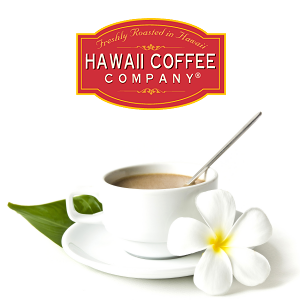The island of Jamaican is known for many things, sandy beaches, reggae music, Bob Marley and coffee. The high regard for Jamaican Blue Mountain coffee among avid coffee drinkers has driven its price up to between $26 and $40 a pound. What is it about this particular brew that warrants such a high price tag?
True to its name, Jamaican Blue Mountain coffee is grown in the Blue Mountain region of Jamaica, generally located between Kingston to the south and Port Maria to the north. Rising to 7,500 feet, the Blue Mountains are the highest point in the Caribbean. The area is characterized by cool, wet weather and dark, rich soil with good drainage, ideal conditions for cultivating coffee. Though coffee is not native to Jamaica, it is the chief export of the island.
Not just any old cup of Joe can call itself Jamaican Blue Mountain. The Coffee Industry Board of Jamaica must certify every bag of coffee to ensure only the highest quality beans bear the prestigious trademark. The Board only recognizes beans grown in specific parishes of Jamaica: St. Andrew, St. Thomas, Portland and St. Mary.
The Coffee Industry Regulation Act established a system of three grades of Jamaican Blue Mountain based on the screen or size of the bean. The term screen refers to the literal screens of various dimensions used to sort the beans according to their size. The theory behind this practice is that beans grown in higher altitudes are larger and make better-tasting coffee than those grown in lower altitudes.
The rigorous quality standard for Jamaican Blue Mountain excludes beans that would probably be considered fine for other coffees. The screening process also helps to eliminate maragogipe (elephant beans). A mutant strain believed to have originated on Brazil, elephant beans are large, green, porous beans that seem to absorb the flavor of the soil they grown in. The jury is still out on their worth, but they are considered an insufferable defect for Jamaican Blue Mountain production.
At least 96 percent of the beans used must be of the same size and bluish-green tint. No more than two percent can stray from that standard in any way. Sour or black beans, or foreign matter of any kind, are considered unforgivable defects and do not fall under the two-percent rule. The most unbending benchmark is needed to maintain the traits that coffee drinkers have come to expect.
The geographical area that grows Jamaican Blue Mountain beans is relatively small and can only produce so much coffee. The limited quantity, the matchless quality resulting from painstaking cultivation, the alluring aroma and the renowned name of Jamaican Blue Mountain have undoubtedly contributed to its reputation as one of the most sought-after coffees in the world. As long as hard-core coffee drinkers continue to demand it, it will also be one of the most expensive.
Jamaica Blue Mountain Coffee - A Short Documentary
Jamaica Blue Mountain Coffee - A Short Documentary by Blue Mountain Coffee (Europe) Limited - www.bluemountaincoffeejamaica.com and www.seaislandcoffee.com - produced and narrated by Guy Wilmot
The History of Jamaican Blue Mountain Coffee Beans
An animated history of the journey that it took to get the worlds best Jamaican Blue Mountain Coffee Beans.
J Martinez lays out a fun history of coffee and the nearly impossible journey ~ from the discovery of the dancing goats eating "magical" coffee beans to the eventual perfection that is Blue Mountains of Jamaica coffee plantations.
J. Martinez & Company is world renown for their spectacular Jamaica Blue Mountain Coffee beans. Visit them online right now. Your beans are roasted to order!
Tweet
5 Easy Steps to Determine Your Financial Status So You Can Break Free of
Your Job Sooner
-
Before you walk away from your job to work full-time from home, one of the
most critical pieces of information you need to know is how financially
stable...


























0 comments:
Post a Comment
Thanks for dropping by. I appreciate your comments!
Follow my blog for future updates.